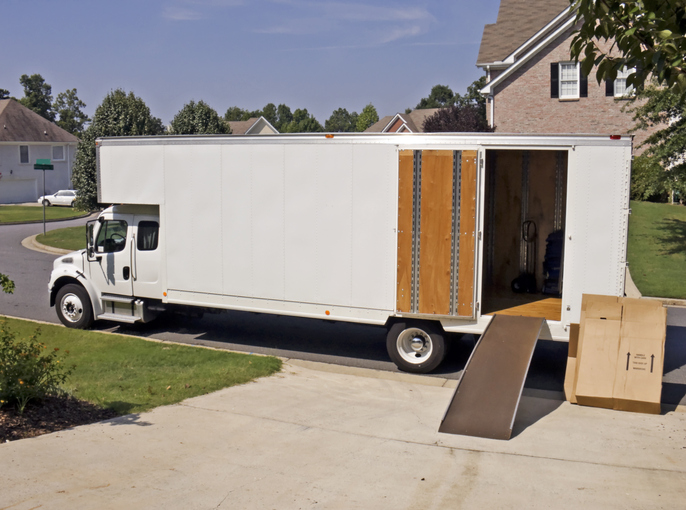Do people really move because of taxes? Looking at the data, taxes certainly have an affect on migratory decisions. (Analysis)
You may not be a famous musician or a pro athlete, but you too may have considered taxes in deciding, “should I stay, or should I go?” Or maybe not. While high-profile stories abound, what do the data tell us about taxes and migration? Do people—regular people—really move because of taxes?
Examining the Evidence
The answer is complicated, but one thing is clear: Americans are moving from higher-tax states to lower-tax states. This alone doesn’t prove anything, but the most recent IRS data seem to show a connection between taxes and migration:
- Nine of the top 10 states with the largest population gains from 2019 to 2020 have no or low individual income taxes (the most visible of all the tax types, and highly connected to where you live).
- Of the states that saw more income tax filers move in than out, nearly 80 percent had below-average state and local tax collections per capita in fiscal year 2020, while half of the states that experienced more filers moving out than in had above-average collections per capita.
- Similarly, 19 of the 28 states with more people moving in than out had a top marginal income tax rate below the national median, while 16 of the 22 states plus D.C. with more people moving out than in had above-median top income tax rates.
- Among the 25 best-ranking states on the 2020 State Business Tax Climate Index, 20 states gained taxpayers between 2019 and 2020. Among the 25 worst-ranking states on the Index, 17 lost taxpayers to interstate migration.
Of course, correlation does not equal causation, so how do we know taxes play a role in people’s location decisions?
One clue: most studies have found that state and local taxes affect migration, and the effect seems to have become stronger over the years—probably because technology has made it easier for people and businesses to move.
Another clue: survey data. An annual Census Bureau survey asks people who moved why they did it. Though it doesn’t ask about taxes directly, respondents’ answers reveal the indirect influence of taxes. For example, in 2017, 16 percent said they “wanted [a] new or better home,” 11.5 percent said they moved “to establish own household,” and 8.3 percent “wanted cheaper housing,” all of which are influenced by property taxes. And the 9.9 percent who moved for a “new job or job transfer” likely took into account income taxes and benefited from the job opportunities related to the state’s economic competitiveness.
Though people move for many different reasons, the evidence suggests taxes are at least one factor—both directly and indirectly. All things being equal, people prefer lower taxes. They also favor many of the things that a well-designed tax code helps facilitate, like a strong job market and a reasonable overall cost of living.
What Happens to States’ Tax Revenue When Those People Leave?
When people move out of a state, they take their earning power with them. IRS data from 2019 and 2020 shows that most states that lost people to interstate migration also lost adjusted gross income (AGI). Conversely, most states that gained people also gained AGI.
For example, in 2021, California and New York lost $29 billion and $25 billion in AGI, respectively, while Florida gained $39 billion.
And less income in the state means less tax revenue. In 2021, California lost $343 million while New York lost $300 million.
Evidently, people’s migration decisions can affect a state’s economy and budget.
What Should Policymakers Do?
While experts generally agree that taxes play some role in people’s decisions about where to live and work, they disagree over the significance. Some argue that the influence of taxes on migration decisions is so small, policymakers shouldn’t even consider it when designing tax policy.
But policymakers only have so many tools at their disposal to attract people. Not every state can offer warm weather and nice beaches. But they can control their taxes. Prioritizing structurally sound tax policy with low rates will not only lower people’s tax burdens—which clearly attracts some people—but also produce economic growth, increasing the job opportunities and wages that attract others.
Originally published by the Tax Foundation. Republished with permission.
For more great content from Budget & Tax News.











